The first filing describes methods of providing iPhone or iPod touch users with an "out of range" warning that includes an estimate of the amount of time remaining until the devices are out of range of a WiFi network, thus presenting the users with an opportunity to take corrective measures if they so desire.
Apple said such warnings can take many forms, such as a vibratory warning, audible warning, or visual warning. More interesting, however, is that in the context of iPhone on a cellular network, the concept would aim to warn users when it appears as if a call is likely to be dropped and allow them reposition themselves to prevent a disconnection.
" If the estimated amount of time until the wireless device projected to be out of range is less than [a] threshold, a tangible warning is issued to that effect," Apple said. "In this way, warnings are only issued for those situations where the loss of signal would affect the user in the here and now and thereby prevent unnecessary (and potentially annoying) warnings being issued."
What's more, the Cupertino-based electronics maker said its concept would also allow a warning to be wirelessly transmitted to any other person currently in communication with the user of the wireless device indicating that the call may be dropped.
"The invention is also well suited to be incorporated with mobile devices that are equipped with guidance systems (GPS, accelerometers, etc.) thereby providing an accurate value of the location, velocity, acceleration, elevation, etc. of the wireless mobile device that can be used to give a more precise value of the time remaining until the out of boundary condition is reached," Apple added.
Meanwhile, a second filing by the company describes a method and system for locating objects using Bluetooth, such as the tiny Bluetooth Headset it sells for iPhone that almost everyone has lost in the crease of their couch or car seat one time or another.
Similar to the discovery feature of traditional cordless phones, the concept would allow iPhone users to ping paired Bluetooth devices, which could then emit a high pitched sound or light.
Again, however, Apple takes the concept a bit further by suggesting that it could also sell and market a tiny Bluetooth device that could be attached to almost anything, from a set of keys to a household pet, that would similarly aid in locating those objects in the event they become lost. An interface on the iPhone (master device) could manage several of those devices (slaves) at once, according to the filing.
"The distance between the devices can be calculated by comparing the amount of time delay between the transmission of the signal sent from the master device to the slave device and the reception of the return signal from the slave device," Apple said. "With a precise timing system, the master device can be capable of performing such measurements. Since the speed of the radio waves is known, the distance can be calculated using the time information".
Once this distance is calculated, it can be displayed to the user through the interface on the iPhone. This information can also affect an auditory or visual signal emitted by the slave device, Apple added. For example, a beeping alarm might change in pitch, rate of beeping, or volume as a user approaches a second device. In that instance, the beeping could get faster as the user gets closer to the missing device, or the sound could get louder as the user gets closer.
An alternative method would use directional antennas to determine the direction towards a slave device from the master device. In this case, directional information would be presented to a user through a the iPhone interface to direct the user to the missing slave device.
"Calculating the slave device's location can [also] involve using multiple transmitters or receivers to triangulate the position of the missing device," Apple added. "In order to triangulate position, a system can determine the distances from a device to at least three other known locations. A Global Positioning System, for example, could be used to triangulate a device's location in accordance with the principles of the present invention."
 Katie Marsal
Katie Marsal


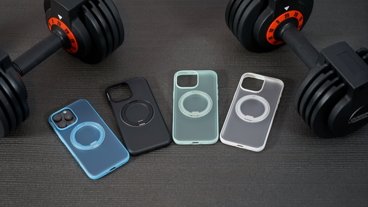
-m.jpg)






 Andrew Orr
Andrew Orr
 Malcolm Owen
Malcolm Owen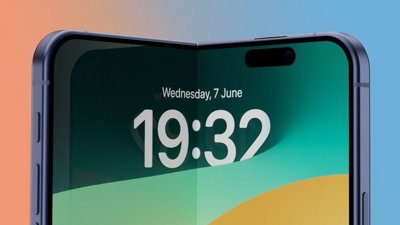
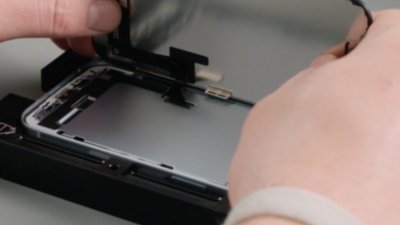
 William Gallagher
William Gallagher
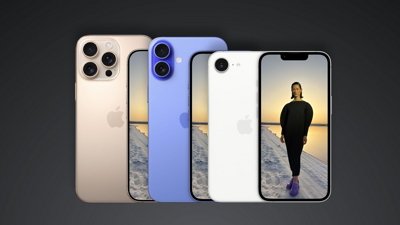

 William Gallagher and Mike Wuerthele
William Gallagher and Mike Wuerthele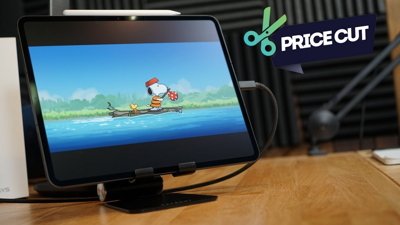
 Christine McKee
Christine McKee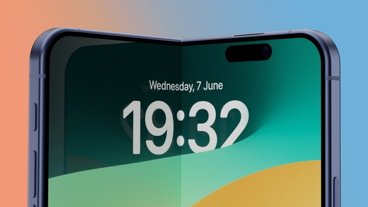
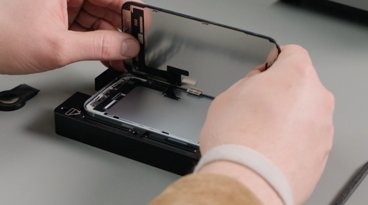
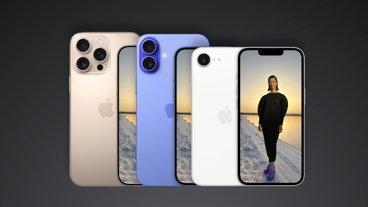
-m.jpg)






26 Comments
So what do you do when you lose your iPhone?
So what do you do when you lose your iPhone?
Call it from another phone?
Forget the phone. Anything the can find my keys for me is worth $500.
I hope these ideas see the light of day, as they're going to be immensely useful. To know 10 seconds in advance that I'm about to lose the call, that gives me time to say "Hey, I'm about to lose service. I'll call you back in a few." Or at least say "Goodbye." Much more civilized.
As to "what do you do if you lose your iPhone": Seems to me you'd go to any PC you can get your hands on and login to .Mac. You'd then have a secure connection that would let Apple know who you are and let you activate "find my iPhone" feature. They'll check where the iPhone was last seen--which cell tower or WiFi access point. Triangulating, they can probably tell you within a few meters, so you'll know if it fell out in your friend's car, you left it at work, or at least that it's somewhere in your house. Life is good.
Sometimes it is incremental, sometimes it is radical, but these guys are always thinking.........